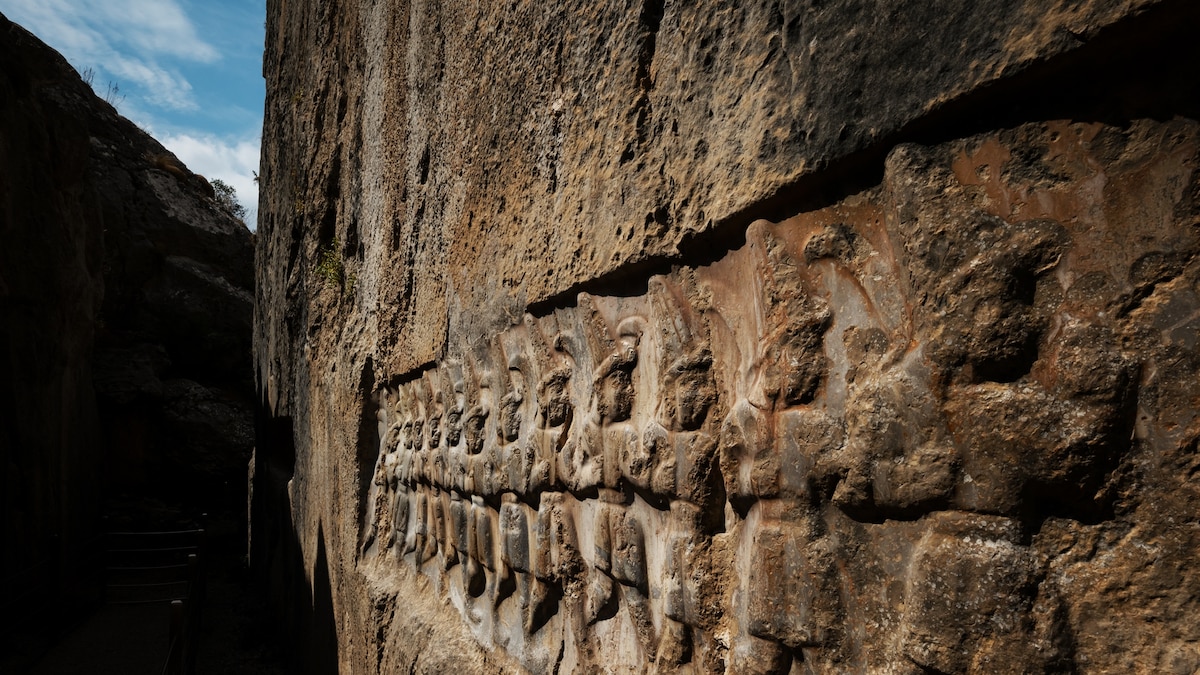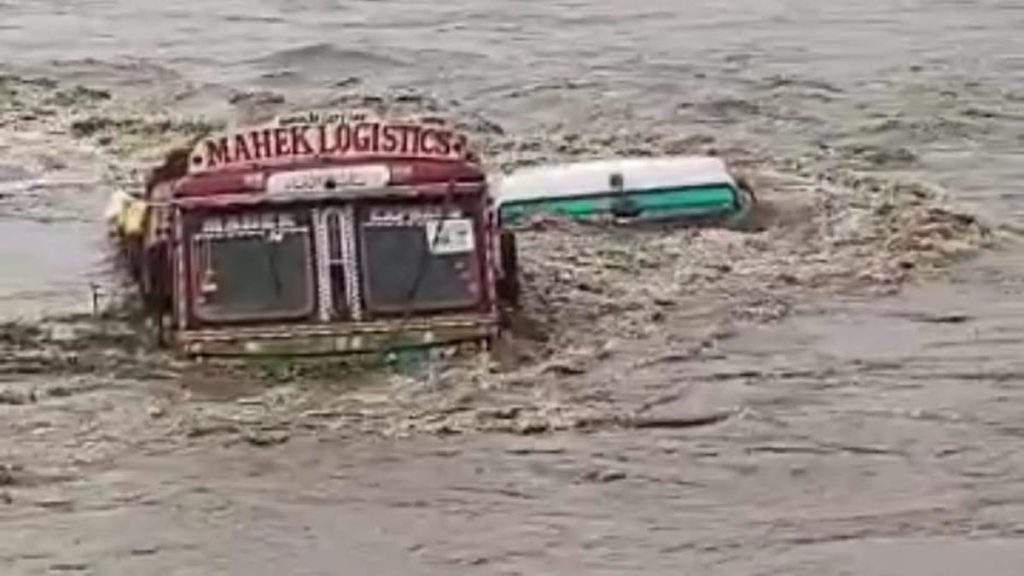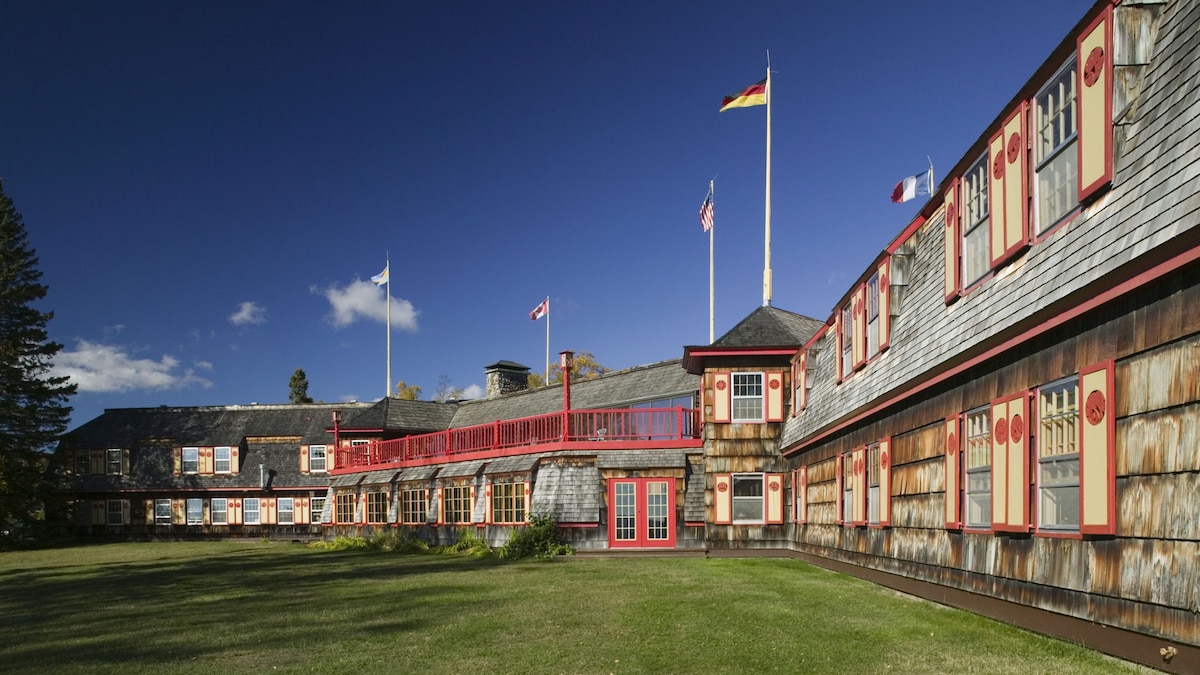Now Reading: How the Hittite Empire Shaped History and Faded from Memory
-
01
How the Hittite Empire Shaped History and Faded from Memory
How the Hittite Empire Shaped History and Faded from Memory

Quick Summary
- Hattuşa served as the capital of the powerful Hittite Empire that thrived for 450 years across modern-day Türkiye and beyond, reaching from the Black Sea to Mesopotamia.
- The empire was renowned for its sophisticated cities, monumental temples, vast archives of cuneiform tablets, trade networks, and military campaigns. It clashed with Egypt at the Battle of Kadesh in 1274 B.C., resulting in history’s first peace treaty between equals.
- The site is notable for extreme climatic challenges-scorching summers and frigid winters-and contained robust infrastructure like four-mile mudbrick walls and underground water reservoirs.Innovations enabled survival against regular droughts through efficient herding practices and grain storage pits.
- researchers have unearthed new findings from clay tablets documenting royal squabbles to purification rituals while exploring grand stone gates adorned with lion statues at Hattuşa’s ruins today.
- The empire’s collapse around 1180 B.C. remains mysterious but may have stemmed from a “perfect storm” involving internal power struggles,epidemics,climate-induced famine during intense droughts (1198-1196 B.C.), and external disruptions like invasions by Sea Peoples.
- Abandonment occurred methodically; valuable temple treasures were packed up before destruction by fire inadvertently preserved thousands of historic documents.
[Images: Aerial views of ruins | Lion Gates | Hieroglyph tunnels | Artists’ tools | Artifacts like bronze sword]
For More: Read Here
Indian opinion Analysis
Hattuşa’s history offers invaluable insights into ancient resilience amidst environmental stressors-droughts paralleling India’s past battles against seasonal scarcities or erratic monsoons affecting agrarian societies. The sophistication underlying their infrastructure mirrors Indian civilizations such as Harappa constructing adaptable urban systems using limited resources.
Diplomacy upheld through shared recognition among rivals (e.g., Treaty with Egypt) underscores lessons on parity-driven agreements akin to India’s emphasis within geopolitical groupings today under multilateralism frameworks; cooperative pacts echo solutions promising longevity vs outright dominance avoiding sustainability risks historically documented or else fading imperial collapses























